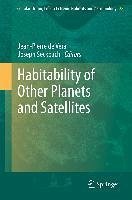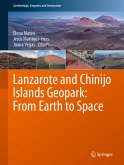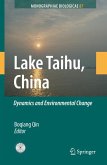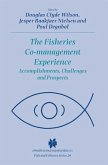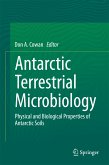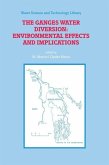Is Earth the right model and therefore our Earth-centric view the only universal key to understand habitability, the origin and maintenance of life? This book tries to give answers on this question. It gives insights into the nature of planets and their potential to harbor life as well as the role of life itself as an engine to increase the habitability of planets and satellites. Knowledge of different disciplines in Astronomy, Biology, Chemistry, Geology, Planetology and Physics are the driving force for the discussion what might be the clues to classify a planetary body as a habitable object. The role of the atmosphere, solar radiation, magnetism, tectonics, mineral composition, liquid water availability and the interactions with life are in the focus of the general discussion. Earth serves as the reference system to get an approximation of the factors which might be important for classification of a celestial body as a habitable object. Results from field studies and those obtained from laboratory studies in planetary simulation facilities will help to elucidate if some of the planets and satellites in our solar system are potentially habitable for terrestrial life forms. The discussion is also enlarged in particular to exo-planets and their potential to be habitable. Further, recent technologies are presented in this book which might be suitable for remote or in situ identification of habitable environments and life as we know it. Instrumentation, detection devices, space projects and space mission designs to search for habitable niches and life is part of this work and gives insights into the challenges we might confront if we pursue the main task to detect life. The initial step of these exploration endeavors might be to discover first habitable environments and then to look after life forms with life detecting instrumentation in the discovered habitable niches.
Dieser Download kann aus rechtlichen Gründen nur mit Rechnungsadresse in A, B, BG, CY, CZ, D, DK, EW, E, FIN, F, GR, HR, H, IRL, I, LT, L, LR, M, NL, PL, P, R, S, SLO, SK ausgeliefert werden.

